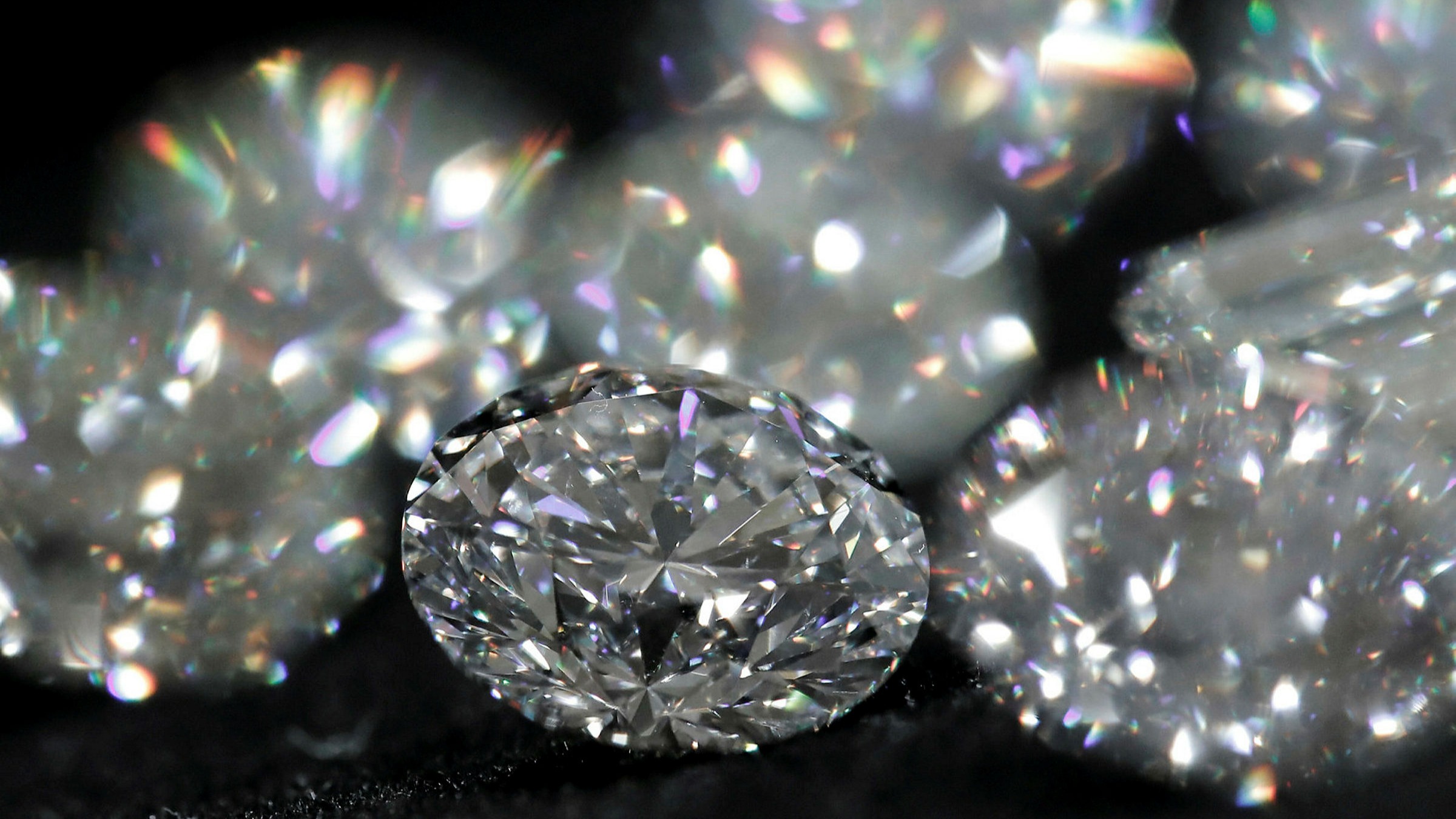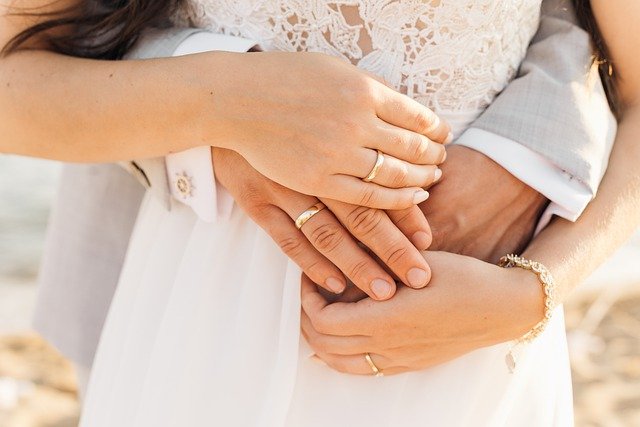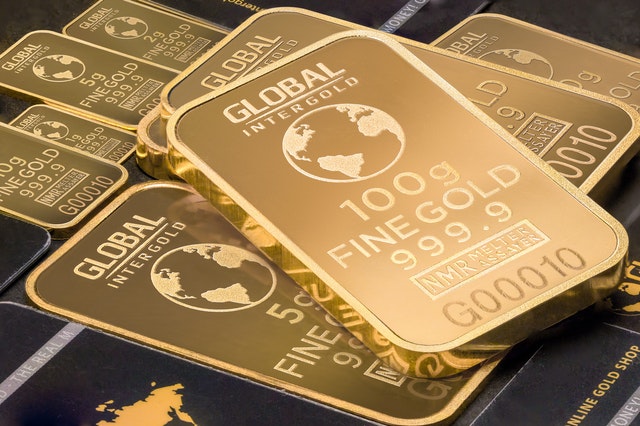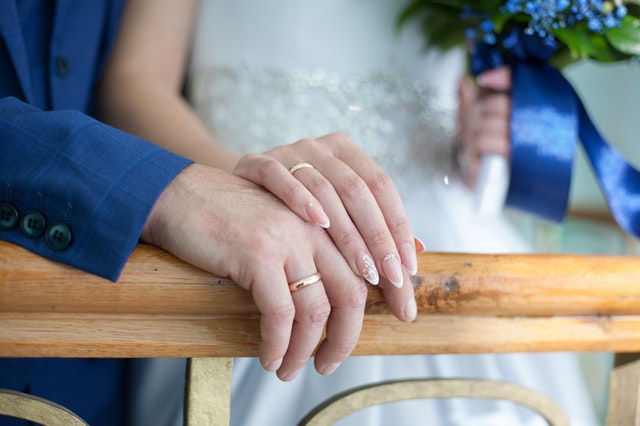
In-stock Vs. Virtual Diamonds: What Are The Differences?
October 28, 2021
Moissanite vs. Diamond: Which is Better?
April 23, 2022Everything You Need to Know About 10K Gold

10K gold is a fairly popular choice, due to its affordability and durability, being the most durable of all gold karat types (not to be confused with diamond carat). For people who are working within strict budgets, or for those looking for jewelry that will stand up to constant everyday wear, 10K is a worthwhile choice.
However, because it contains only 10 parts gold out of a possible 24, it’s not the most aesthetically pleasing choice. It lacks the richness and warmth of other gold carats, such as 14K and 18K. There’s also the downside of the increased potential for skin reactions from those with sensitive skin or allergies.
So is it a worthwhile purchasing choice? We’ll be covering everything you need to know about 10K gold.
- Explaining 10K Gold
- How Pure is 10K Gold?
- What Colors Does 10K Gold Come In?
- Care and Maintenance of 10K Gold Jewelry
- Allergic Reactions and Skin Sensitivity to 10K Gold
- Purchasing Considerations For 10K Gold
Explaining 10K Gold
As potentially the most popular metal for crafting jewelry, there is a wide variety of gold variations available today. You will find a wide variety of purity levels, from 10K all the way to 24K gold, which is the purest of all gold.

While pure gold does look incredible, and of course, has the highest cost, it’s not the best for making jewelry. Gold is a naturally soft metal, and pure gold can be dented or misshapen through everyday wear. It’s also highly prone to scratching. To make gold a better choice for jewelry making, it’s combined with other metals, creating an alloy. This means that the beauty of the gold is combined with the specific qualities of the other metal used, and usually means that the gold becomes more durable. Metals commonly used to create this alloy are silver, palladium, copper, nickel, or zinc.
Because of this low ratio of gold to other metals, 10K has a number of characteristics that won’t be shared with 14K or 18K gold. For example, 10K gold itself is very resistant to bending, warping, or scratching. Furthermore, it won’t have the same brightness and warmth as 14K or 18K gold. It’s paler, having a far subtler gold color than other karats.
How Pure is 10K Gold?
In terms of the purity of 10K gold, this alloy is made from 41.7% gold, with the other 58.3% being made of other metals. This is the lowest level of gold content that can actually still be called gold. Because of this, it’s not usually used to create items such as engagement rings and other high-end pieces. However, you will be able to find it used for items such as bracelets, earrings, and more affordable jewelry.
If you’re looking for higher quality items, like an engagement ring, we would recommend choosing a higher purity gold, such as 14K or 18K.
What Colors Does 10k Gold Come In?
10K gold comes in white gold, yellow gold, and rose gold, which can also be found in other karats (except for 24K, as this is pure gold, and is technically brighter and more orange in color). White, yellow, and rose are made through specific alloy blends.
It’s also not the case that one color is superior, or even more advantageous than any other. A choice of color is simply made based on personal preference.
Yellow Gold
In most cases, yellow gold will be made from a mixture of gold, copper, silver, which allows it to retain that traditional yellow, warm color that we know and love. It’s the color we most associate with gold. Interestingly enough, the silver makes up 52% of yellow gold, meaning it’s actually more silver than gold within 10K.

Yellow gold is the least expensive color of gold on the market today, meaning that if you do decide to choose 10K gold, you’ll most probably be able to find some very competitive deals. It’s also a brilliant color to choose when working with a slightly offwhite diamond, as the warm yellow will work to hide the color of the diamond itself.
However, yellow 10K gold will come with quite a muted gold color. It lacks the richness of higher purity gold, which is easily noticeable, especially to the trained eye.
White Gold
White gold is an alloy created from gold and metals such as silver, palladium, and zinc. A 10K white gold ring would commonly contain:
- 10% palladium
- 47.4% silver
- 0.9% zinc
White gold will also be subjected to a coating of rhodium, which works to protect the gold against corrosion. This is something that should be reapplied every one to two years.
This color of gold is growing in popularity amongst those people who prefer the white, cleaner light that the alloy provides, a light that is synonymous with elegance. It’s also known as the most durable of all the gold colors, which is an added bonus for those concerned about the longevity of their jewelry.
Like 10K yellow gold, 10K white gold also has the potential for creating allergic reactions in those who have sensitivities.
Rose Gold
Like white gold, rose gold has become very popular over the last few years. It’s enjoyed for its warm, romantic, pinkish-red hues, which are created through the use of a large percentage of copper within the alloy. However, remember that 10K rose gold will have a noticeably duller color than 14K or 18K.
Due to the high percentage of copper (an inexpensive metal), it’s also the most affordable gold color out of the three types. It’s also a very versatile color, pairing well with a wide range of skin tones.
Care and Maintenance of 10K Gold Jewelry
Maintaining the luster and durability of 10K gold jewelry is essential for preserving its beauty over time. Here are some straightforward tips for care and maintenance:
- Regular Cleaning: Gently clean your 10K gold jewelry with a solution of warm water and mild dish soap. Use a soft-bristled brush to remove any dirt or grime, especially in crevices. Rinse thoroughly and dry with a soft cloth.
- Avoid Harsh Chemicals: Exposure to chemicals can tarnish or damage your gold jewelry. Remove your jewelry when using harsh chemicals, including chlorine, bleach, and certain cleaning materials.
- Proper Storage: Store your 10K gold pieces separately in a jewelry box or pouch to prevent scratches. Soft cloth bags or individual compartments are ideal to avoid contact with other pieces.
- Professional Check-ups: Have your jewelry checked by a professional jeweler annually. They can detect any wear and tear, especially in clasps and settings, and perform necessary repairs.
- Polishing: For restoring shine, use a specialized gold jewelry polishing cloth. Avoid using abrasive materials that can scratch the gold’s surface.
Allergic Reactions and Skin Sensitivity to 10K Gold
While 10K gold is known for its durability and affordability, its alloy composition can sometimes cause allergic reactions or skin sensitivity in certain individuals. Here’s what you need to know:
- Common Allergens: The most common metal allergen in gold jewelry is nickel, which is often used in the alloy to strengthen the gold. Approximately 10-20% of the population is allergic to nickel.
- Symptoms: Allergic reactions can include itchiness, redness, swelling, or a rash at the site of contact. These symptoms typically appear within 12 to 48 hours after exposure.
- Prevention Tips:
- Choose Nickel-Free: Opt for 10K gold jewelry that is specifically labeled as nickel-free, especially if you have known sensitivities.
- Coating: Applying a clear nail polish or a jewelry shield product to the parts of the jewelry that come into contact with your skin can create a barrier that prevents reactions.
- Test Before You Buy: If possible, wear the jewelry for a day to see if any allergic reactions develop before making a purchase.
- Treatment: If you develop an allergic reaction, remove the jewelry immediately. Over-the-counter antihistamines or topical corticosteroids can help alleviate symptoms. Consult a dermatologist for persistent or severe reactions.
Remember, the key to enjoying your 10K gold jewelry for years to come lies in proper care and being mindful of your skin’s sensitivity. By following these tips, you can ensure your gold jewelry remains a cherished part of your collection.
Purchasing Considerations For 10k Gold
First of all, 10K gold of any color will be much less expensive than its higher purity counterparts. However, what this means is that you’re not getting the same quality as an item made from 14K or 18K. If you’re looking for an important item, such as an engagement ring or a wedding band, we would always recommend you choose a 14K or 18K item. The difference in quality will be well worth the extra cost.
Similarly, high-end retailers, such as Whiteflash, James Allen, and Blue Nile, don’t offer items in 10K gold. This shows you that it’s not a metal used or seen as worthwhile by industry experts and market leaders. This also means that when choosing 10K jewelry, you may have to buy from less reputable retailers.
Ultimately, we would definitely recommend choosing a higher purity gold, such as 14K or 18K. These gold types will be far more aesthetically pleasing, offering you something that truly provides value for money.

